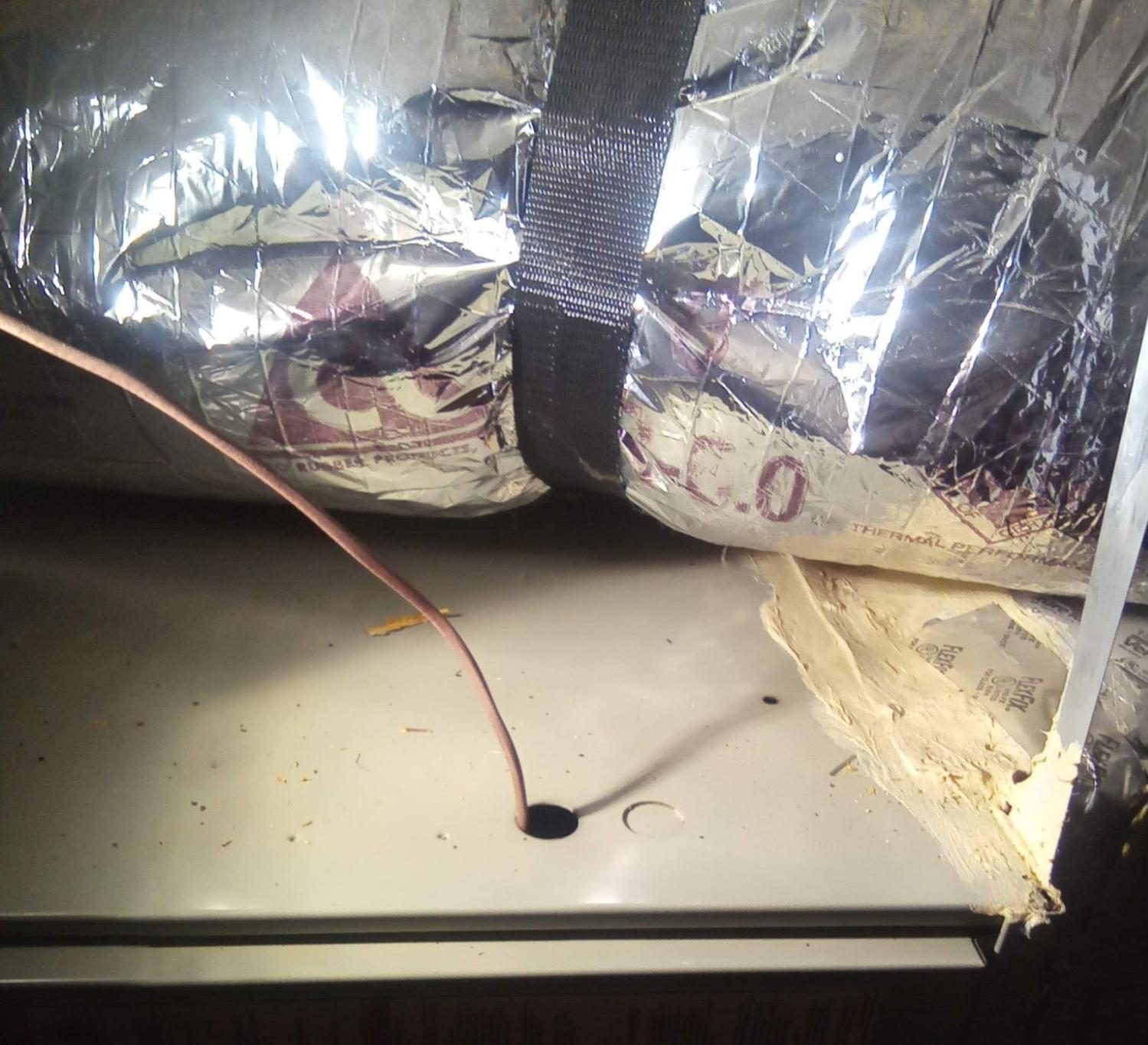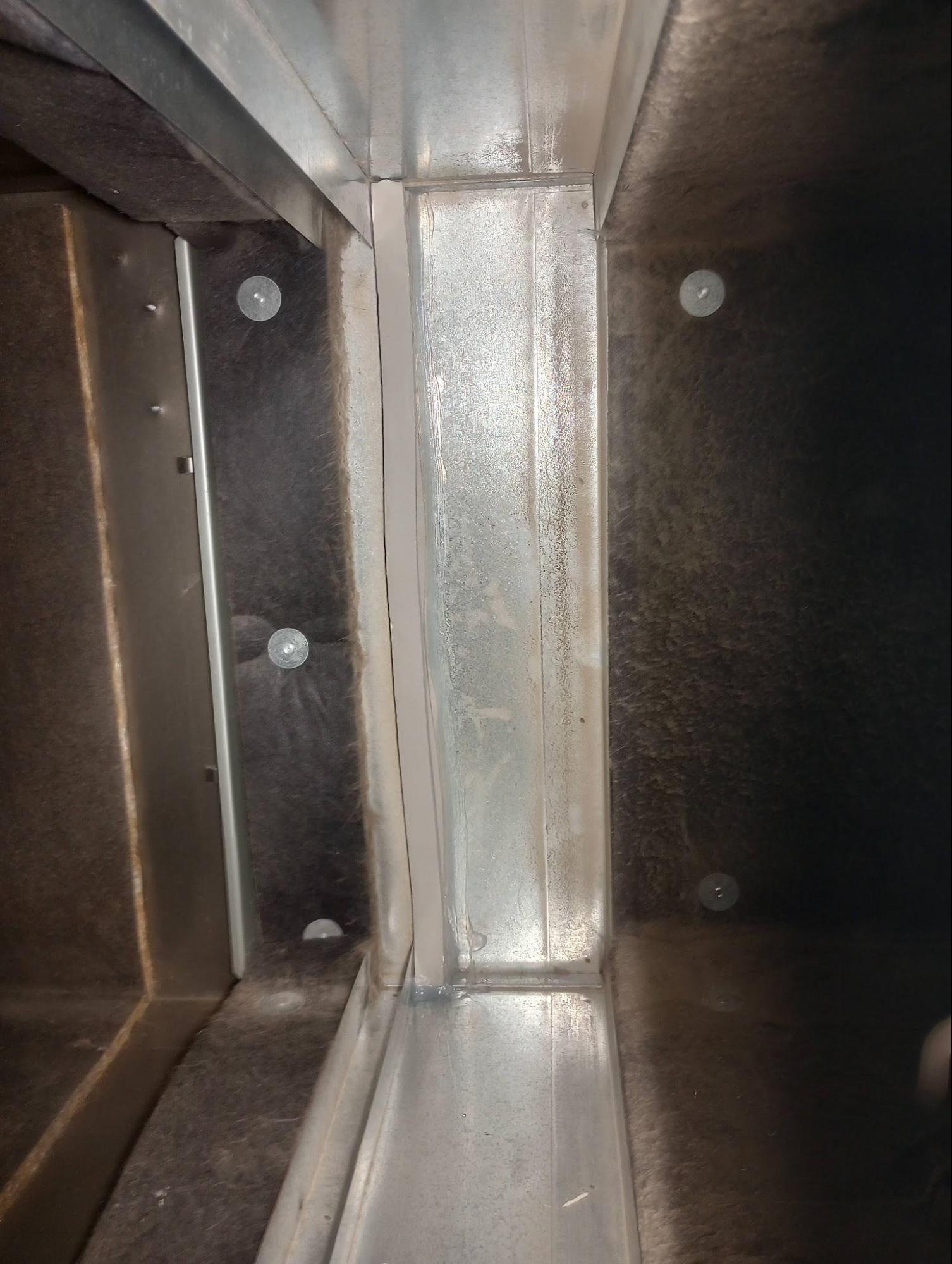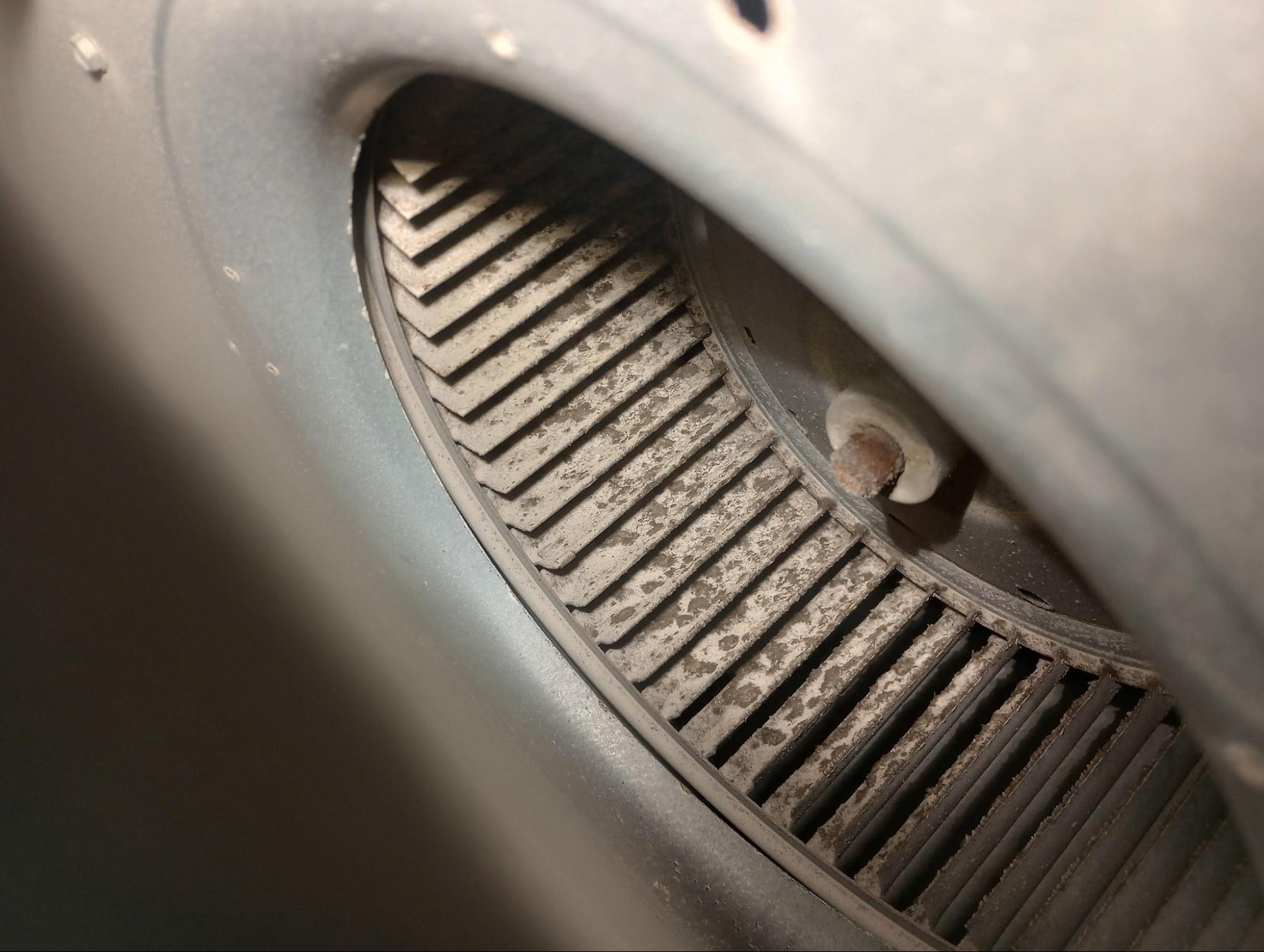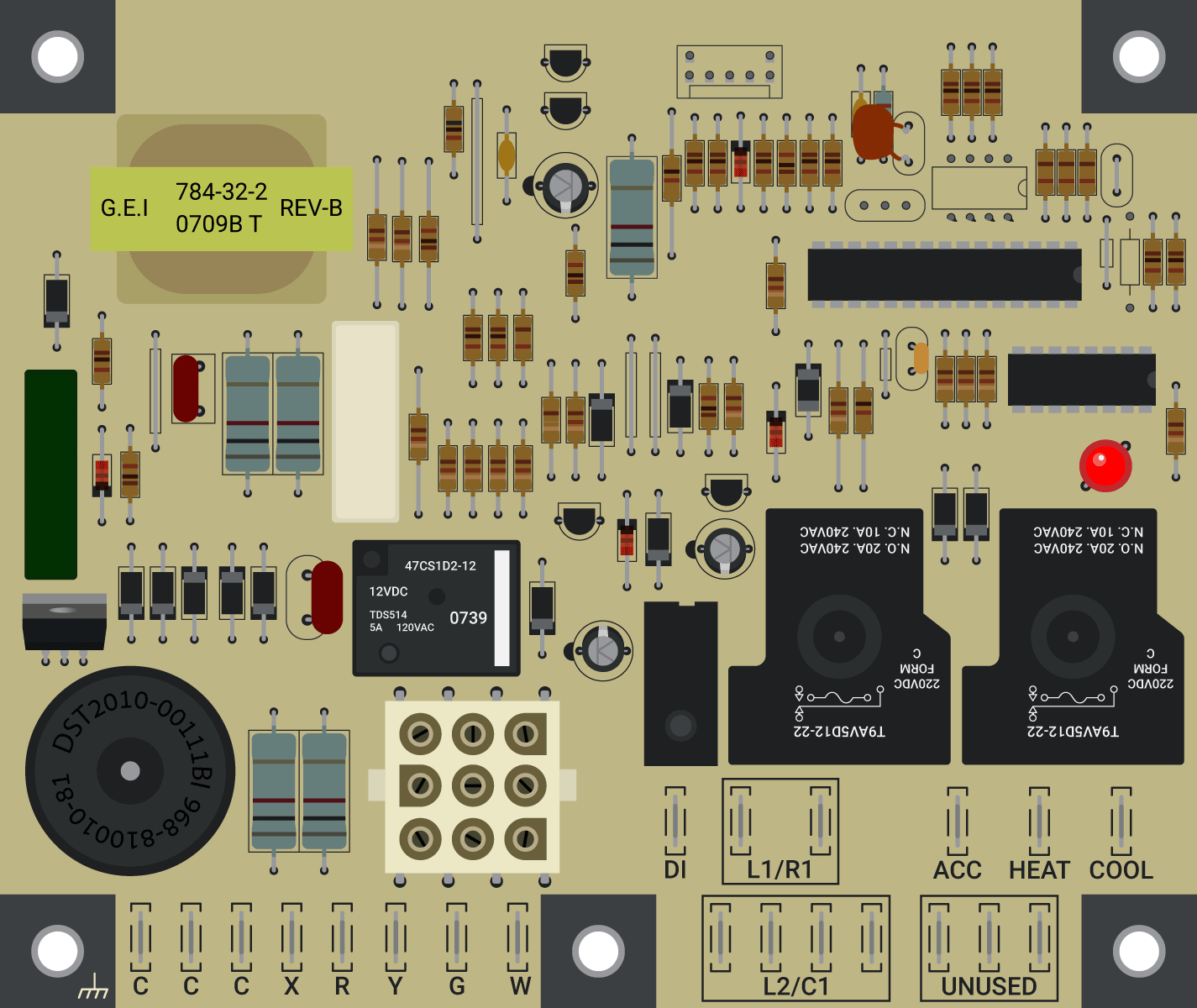Get Tech Tips
Subscribe to free tech tips.
Do Small Air Leaks Matter?
How do we decide what to spend our time and attention on as technicians? What is truly important and what isn’t? At least here in Texas, the answer changes seasonally. When it’s 100 degrees outside, your priorities shift from long conversations about people’s pets to conveying necessary information about system problems so we can get the AC up and running again.
When I was starting out in the trade about 5 years ago, air leaks were the last thing on my mind. Unless the supply duct to a master bedroom was falling off right after an evaporator coil changeout (yes, that did happen), I didn’t think much about air leakage. I was trying to figure out how to clear a drain without destroying someone’s bathroom (yes, that also happened) and trying to remember to wear shoe covers when my boots were muddy (again, that did happen).
Different things are important at different times in our lives; as we develop as technicians, it should be natural for us to see and think about new things. Otherwise, things get boring really fast. Recently, I’ve been thinking a lot about little air leaks. Do they really matter? What’s the impact of a little air leaking into the furnace cabinet? And how hard is it to fix? Those are important and interrelated questions. I can’t justify doing the work if the juice isn’t worth the squeeze.
So, let’s take these questions one at a time and see what conclusions we come to. Perhaps this particular problem is something you’ll spend some more time thinking about and noticing.
Do small air leaks matter?
Efficiency
Let’s take the example of the picture below. We have a ¾ inch knockout with a thermostat wire running into it and no wire sheathing. What kinds of problems could this cause, and are they worth fixing? How much heat would this add to a system?

Making a few conservative assumptions about airflow, that knockout will pull about 4 CFM through it. So, the impact on system performance will be tied to the system’s tonnage. On a 1-ton system, this accounts for 2% of the total CFM at 400 CFM/ton.
Running a mixed air equation on a 1-ton system where the return air is 75 degrees and the attic temperature is 150, the total return air temperature will be 75.75 after the 8 CFM of hot air are pulled through the knockout. On a 5-ton unit, we will see a return air temperature of 75.15. Hardly noticeable.
What if we had both knockouts missing? What if the attic temperature was higher? The negative effects of the missing knockouts will increase. When will it be enough to negatively affect system performance enough for a homeowner to notice? Probably on the hottest or coldest day of the year. That leak may be worth sealing up on a really hot/cold day when someone’s system can’t keep up. Take a before-and-after air sealing temperature differential and watch for improvement.
Then there are also building pressurization issues. Neil Comparetto touches on duct leakage and building pressures in this article. He says:
“Leaky ducts can contribute to many more issues than just energy loss and comfort. Did you know that a one-square-inch hole in the duct system is equal to a thirty-inch hole in the building envelope? The potential to create pressure imbalances in the building is tremendous. Pressure imbalances can cause many issues, like flues back-drafting, excess dust and allergens, uneven temperatures, and moisture issues, to name a few.”
Health/Air Quality
When we start addressing questions of air quality, things become much harder to quantify, but a visual inspection will often tell you all you need to know.
![]()
Dust covering Molex plug connectors, indicating air leakage. I attempted to seal the surrounding area with silicone.
Are there dust trails inside the blower compartment? How dirty is the blower wheel? There are not many things we can confidently say about improving air quality as it is very hard to measure, but if you see dust streaks near a furnace knockout and seal that hole, you have improved the air quality. No matter how good your filter is, you’ll still have unfiltered air passing through your system if you have holes after the filter but before the blower.
What about filter bypass? Could you keep a few thicknesses of adhesive-backed foam on your truck for those times you see obvious filter bypass? How much time and effort would it take, and is the payback to the homeowner worth it?

Adding a foam gasket to the back of a metal filter rack where dirt has been bypassing.
Is all of this going to solve someone’s indoor air quality problem completely? Maybe not, but is it going to help? Yes. And how long did it take to put some tape or silicone over those knockouts? Maybe 5 minutes. Is the effort worth the results?
Equipment Longevity
This next example is both an equipment longevity and efficiency issue. This air handler was in a utility room, so there wasn’t any attic air to leak into it, but there was plenty of dirt that could be pulled into the blower compartment. A dirty blower wheel either A) moves less air in the case of a PSC motor or B) causes an ECM motor to run incorrectly because it uses torque to gauge speed, and now the blower wheel is heavier than it should be.
Both of these examples are bad because you’re no longer moving the correct amount of air through the system, and you’re potentially shortening the lifespan of the motor. HERE is a great video on motor efficiency if you’re interested in digging deeper
How critical is this? Well, these pictures are from a 24-year-old unit, so it’s obviously not the end of the world. But how much effort does it take to fix this problem? After I replaced the blower motor and wheel, I taped down the breaker cover with foil tape and sealed the connection between the line set and cabinet with silicone. It took me 2 or 3 minutes. What if that had been done 10 years ago?

This breaker cover was hanging open…

… pulling air across the equipment…

… right into the blower motor.
Control Boards
What about other components in the blower compartment, like control boards? I recently heard Jim Bergmann on the podcast discussing how he brushed some dirt off the back of a control board with a chip brush and got it to work again. Dirt can cause short circuits and overheating. If there is even a decent chance that a little bit of air sealing could prevent a control board from going bad, it’s worth it.

Conclusion
From what I can tell, the effort required to seal many common air leaks is worth the potential returns on health, comfort, and longevity that the customer may see. These are simple things to fix, especially during your slow season when you have more time on your hands than you know what to do with. And don’t do this stuff for free, because paying attention to people’s systems and meeting their needs with your skillset is a very valuable thing! Or maybe you do it for free, but make sure you tell your customer so that they know how much you care.
—Matt Bruner











Comments
To leave a comment, you need to log in.
Log In